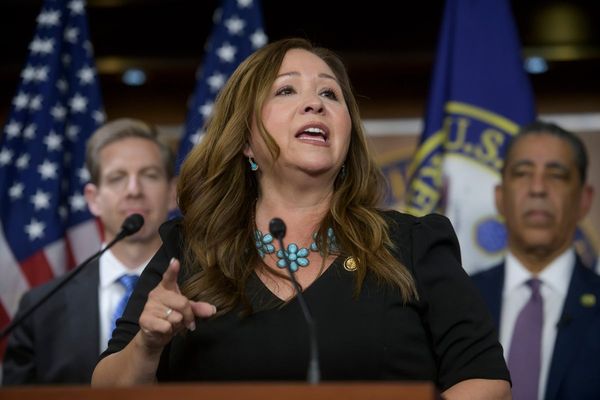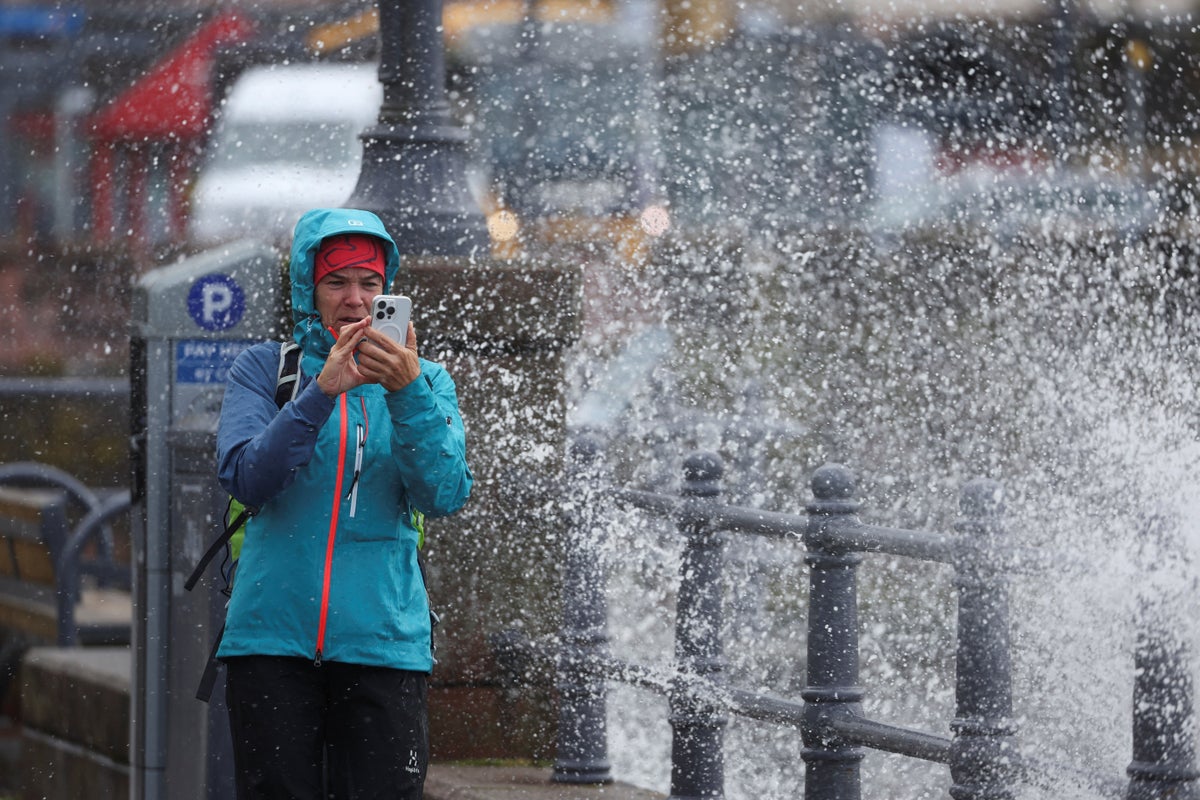
The UK is set to brace for its first named storms of the winter, with Amy, Bram, and Chandra leading the charge, as meteorologists unveil the latest list compiled from over 50,000 public suggestions.
The Met Office, in collaboration with Ireland’s Met Eireann and the Dutch national weather service KNMI, announced the new roster. While many submissions paid tribute to loved ones or even pets, reflecting a lighter side, the core purpose of naming storms remains a serious one: to enhance public awareness, encourage preparation, and ultimately ensure safety during severe weather events.
This system, in place since 2015, sees storm names run alphabetically from early September through to the following August, aligning with the onset of autumn when low-pressure systems and the potential for severe storms increase. Last year, six storms were named, reaching 'Floris' by August 1. The naming convention for North Atlantic storms omits Q, U, X, Y, and Z, with names drawn from submissions across the UK, Ireland, and the Netherlands.
The first name in this year’s list, Amy, was the most popular female name submitted to the Met Office, while Dave was described as “my beloved husband who can snore three times louder than any storm”.
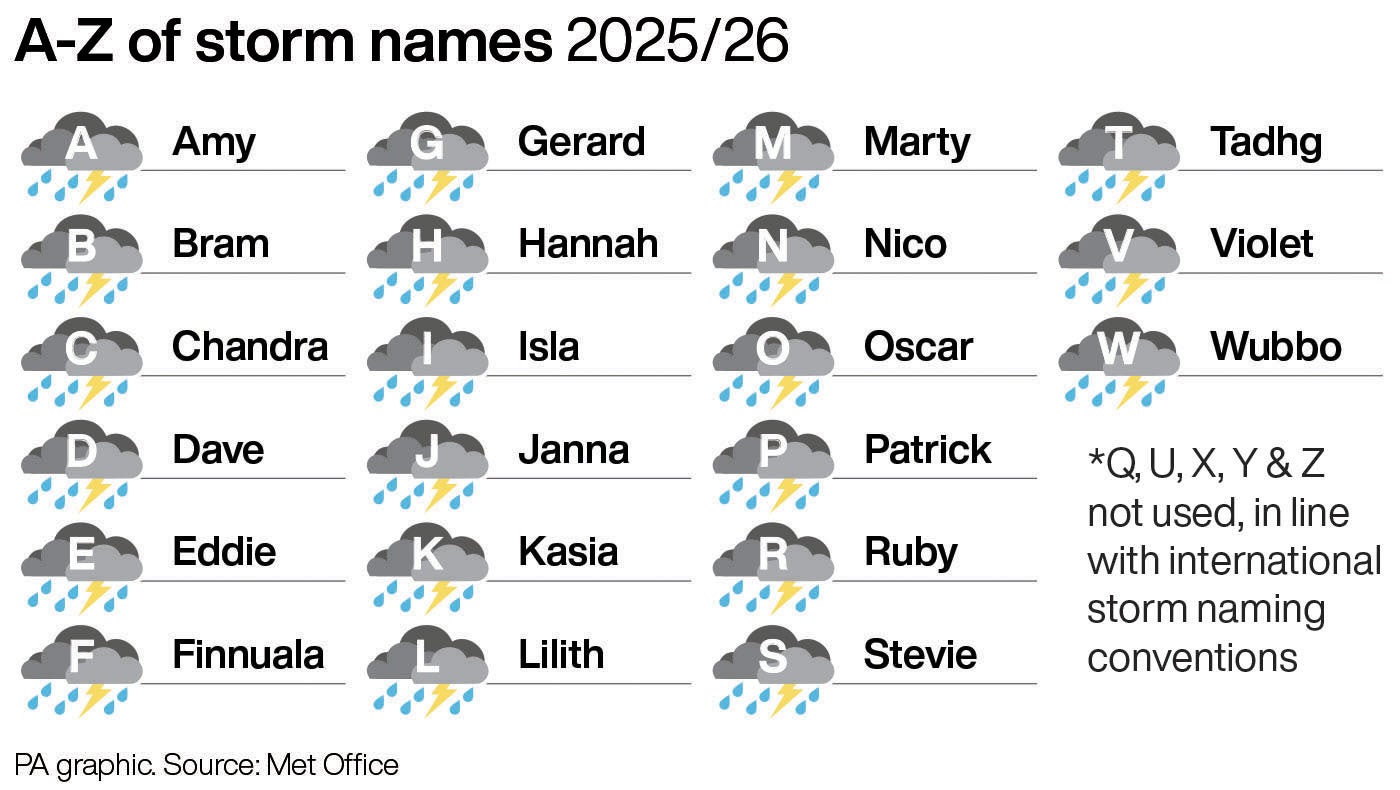
Isla was the most popular name submitted for “I” with many submissions about little girls who leave chaos in their wakes, while Violet was submitted in honour of a daughter as “every bit as fierce and unstoppable as a storm” after being born at 27 weeks while her mother was unwell, the Met Office said.
The choice of Stevie for S was inspired by a little girl named after Stevie Nicks for her song Dreams, which includes the line: “Thunder only happens when it’s raining” and Ruby was the most popular name beginning with R – with one family nominating it in honour of a cherished grandmother.
Pets featured in the nominations, with one cat, Oscar, described as a “good boy, but crazy when he gets the zoomies” and another remembered for “loving the wind in his fur”.
This year’s names
Including the country they came from
Amy (UK)
Bram (Ireland)
Chandra (Ch-an-dra) (Netherlands)
Dave (UK)
Eddie (Netherlands)
Fionnuala (Fee-new-lah) (Ireland)
Gerard (Jer-ard) (Ireland)
Hannah (Netherlands)
Isla (UK)
Janna (Yah-nah) (Netherlands)
Kasia (Ka-shaa) (Ireland)
Lilith (Netherlands)
Marty (Ireland)
Nico (Netherlands)
Oscar (UK)
Patrick (Ireland)
Ruby (UK)
Stevie (UK)
Tadhg (Tie-g) (Ireland)
Violet (UK)
Wubbo (Vuh-boh) (Netherlands)
The Met Office said a number of factors were considered for including a name on the list, including how difficult it is to produce, if it has different meanings across the different countries, is connected to a public figure or could be controversial in any way.
Storms are given a name when they are deemed to have the potential to cause medium or high impacts in the UK, Ireland or the Netherlands, with wind the primary focus, although additional issues from rain or snow will also be looked at.
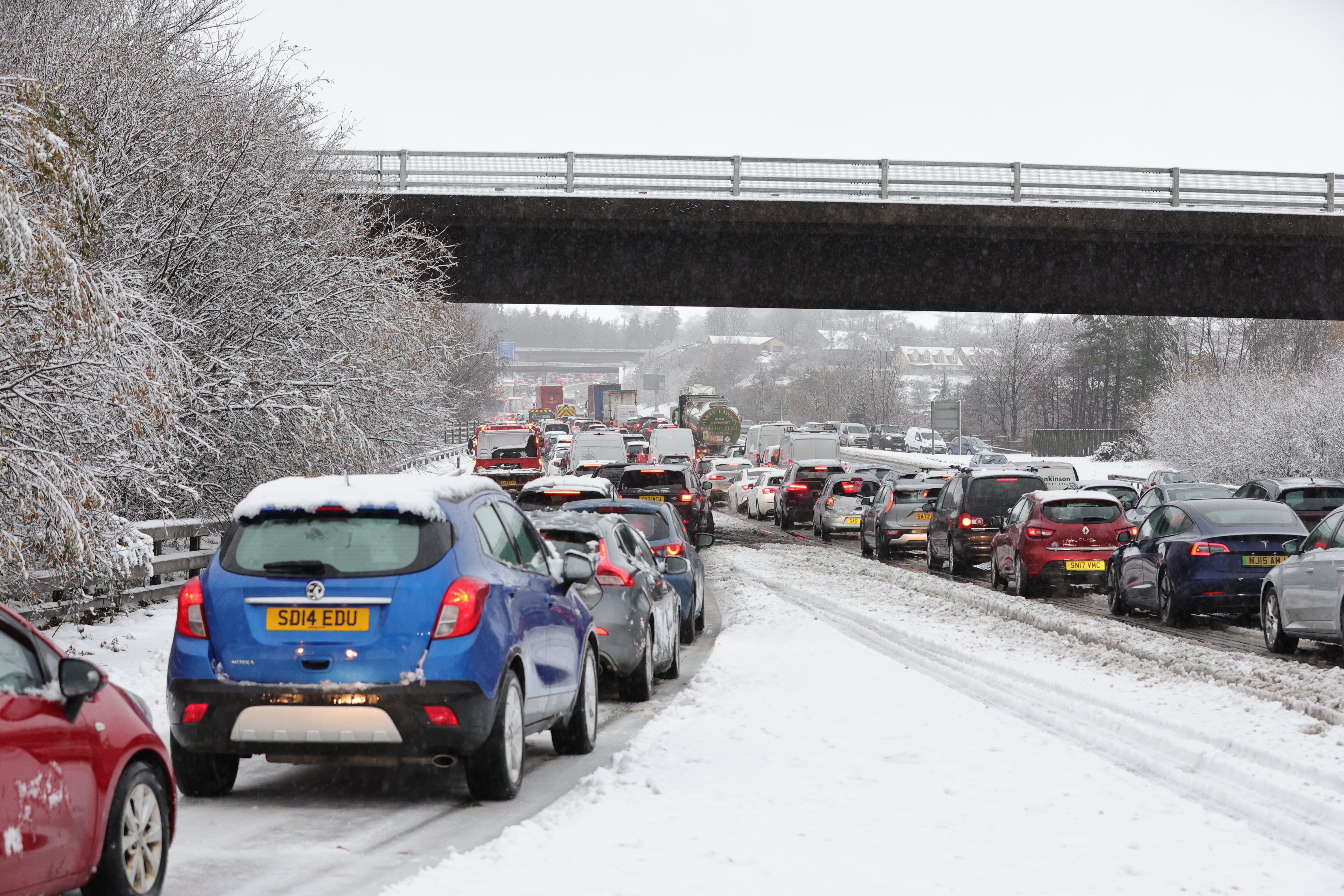
Rebekah Hicks, chief meteorologist at the Met Office, said: “Naming storms isn’t just about giving them a label, it’s about making sure people take notice.
“When a storm has a name, it becomes easier for the media and public to talk about it, share information, and prepare.
“It’s a simple step that can make a big difference in helping communities stay safe, protect their homes, and make informed decisions ahead of severe weather.”
She said that storm naming worked to raise awareness.
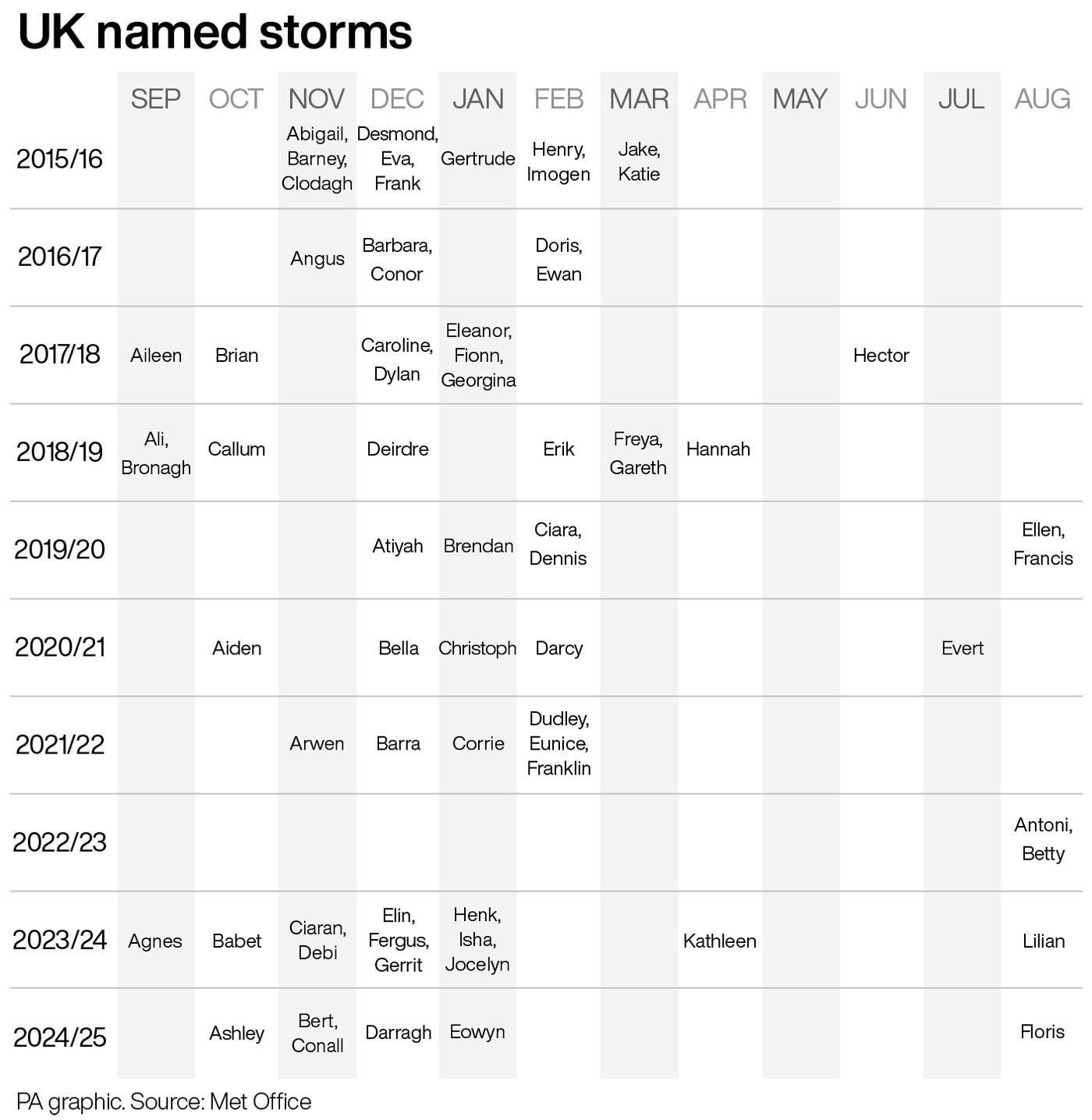
“We know that for Storm Floris, just a few weeks ago, surveys found that 93% of people in the amber warning area were aware of the alerts, with 83% taking action to prepare.
“Over the past decade, we’ve seen how naming storms helps raise awareness and ultimately, helps save lives.
“It’s a simple but powerful tool in helping communities stay safe when severe weather is on the way,” she said.
Met Office meteorologist Alex Deakin said climate change means weather is becoming “more extreme”.
“So when it’s hot, it’s that much hotter,” he said.
“And we know that a warmer atmosphere holds more moisture, so a storm is likely to drop more rainfall compared to a storm, say, decades ago.
“Because there’s more moisture and more rainfall, there’s an increased chance of flooding.”
'You get to fly': Why Dutch athletes pole vault over canals
Will the UK get another heatwave? Met Office gives verdict on September forecast
Dwayne Johnson, Oscar contender? ‘The Smashing Machine’ starts buzz at Venice Film Festival
Calls to expand parking laws as drivers hit out at ‘serious problem’
Rupert Everett ‘doing pretty well’ pulling pints to help save local pub
September 2025 payments dates for benefits and pensions plus cost of living support



